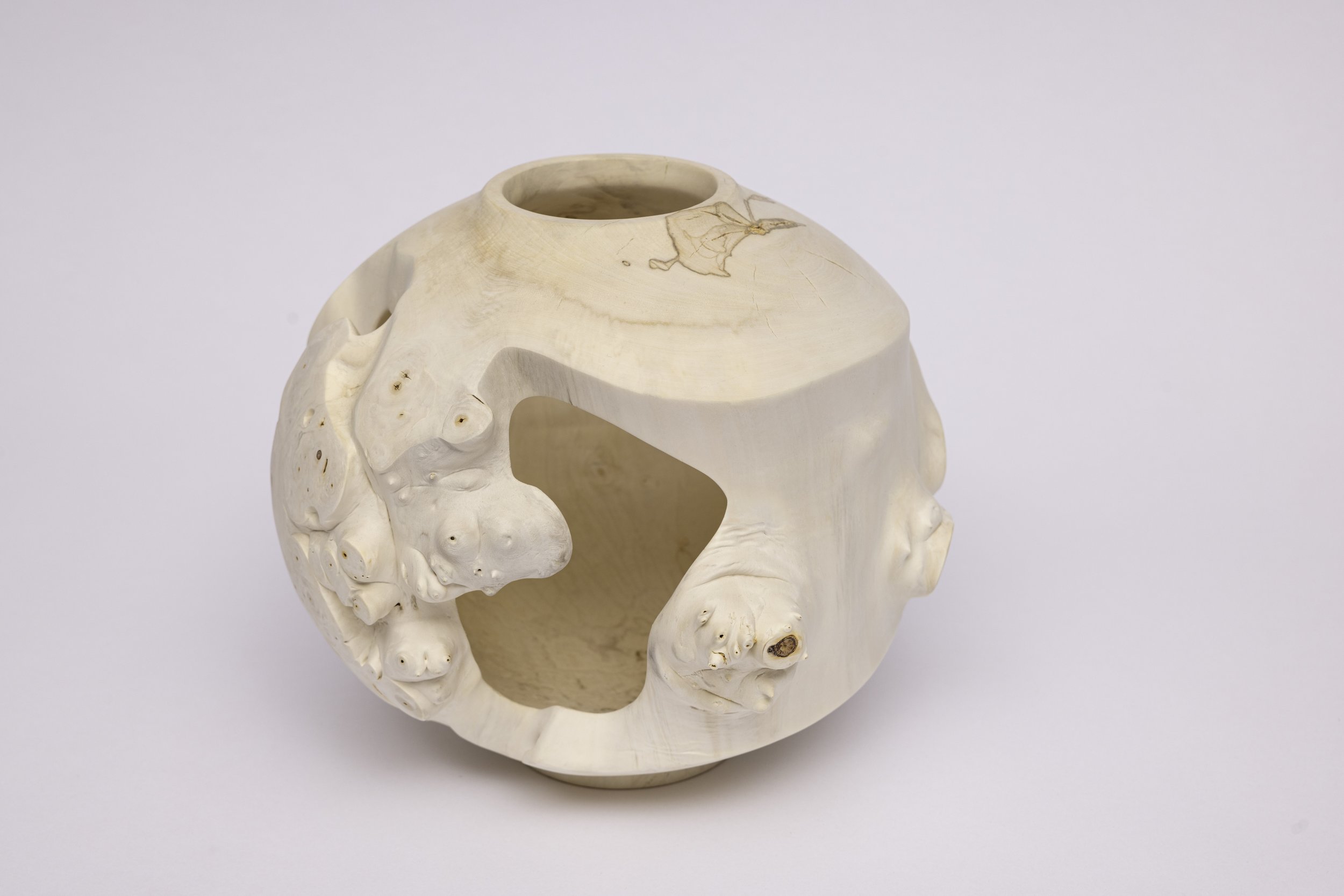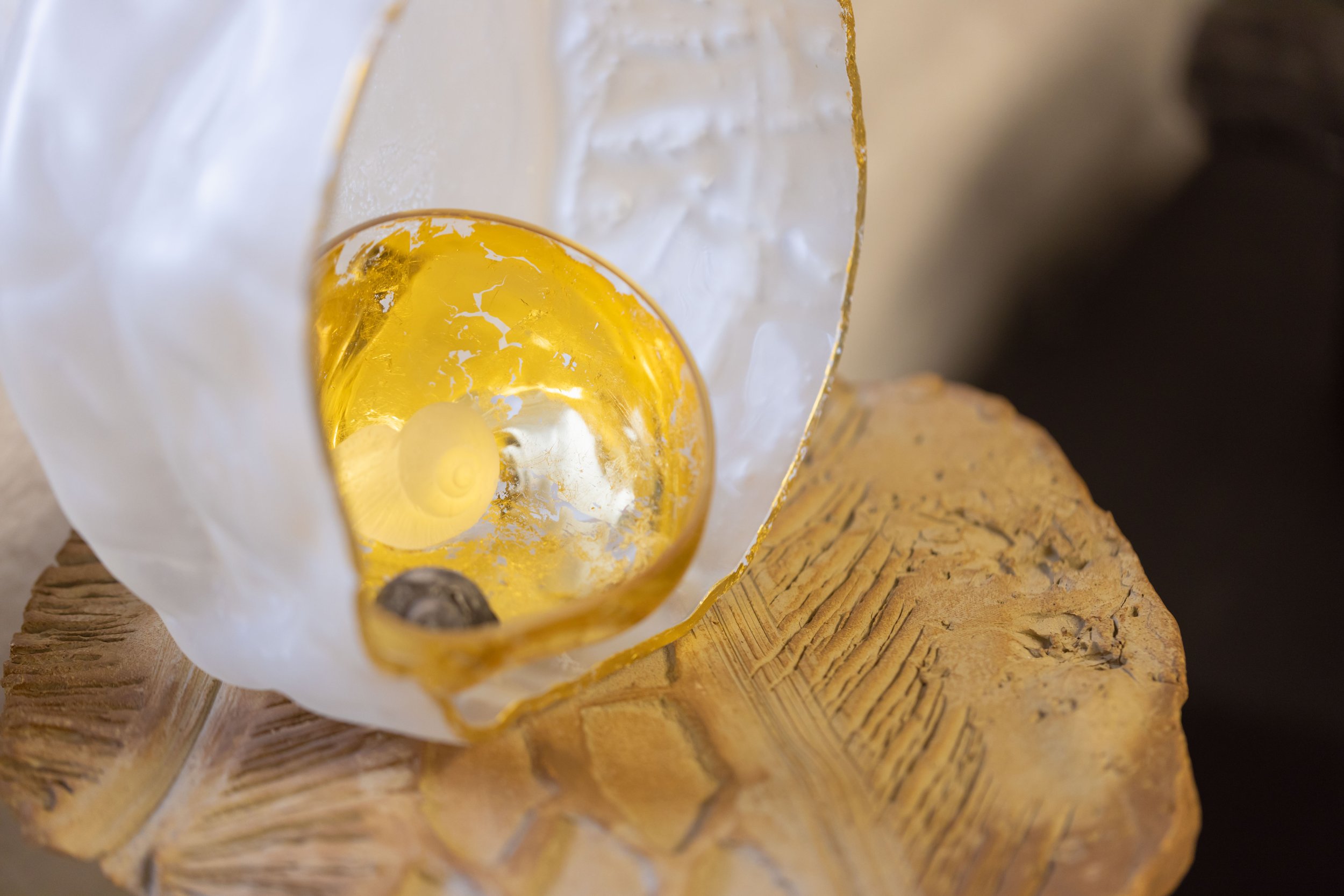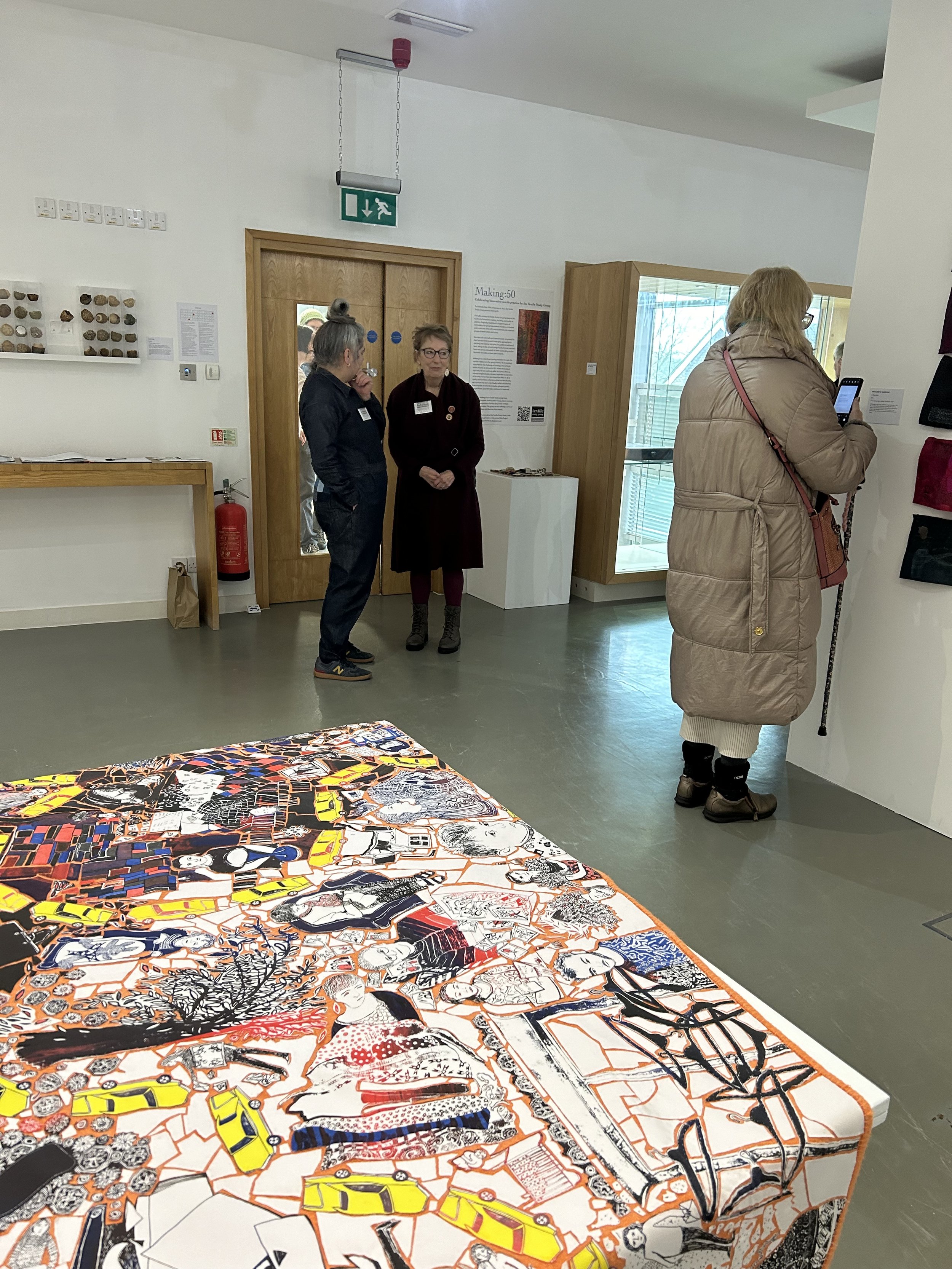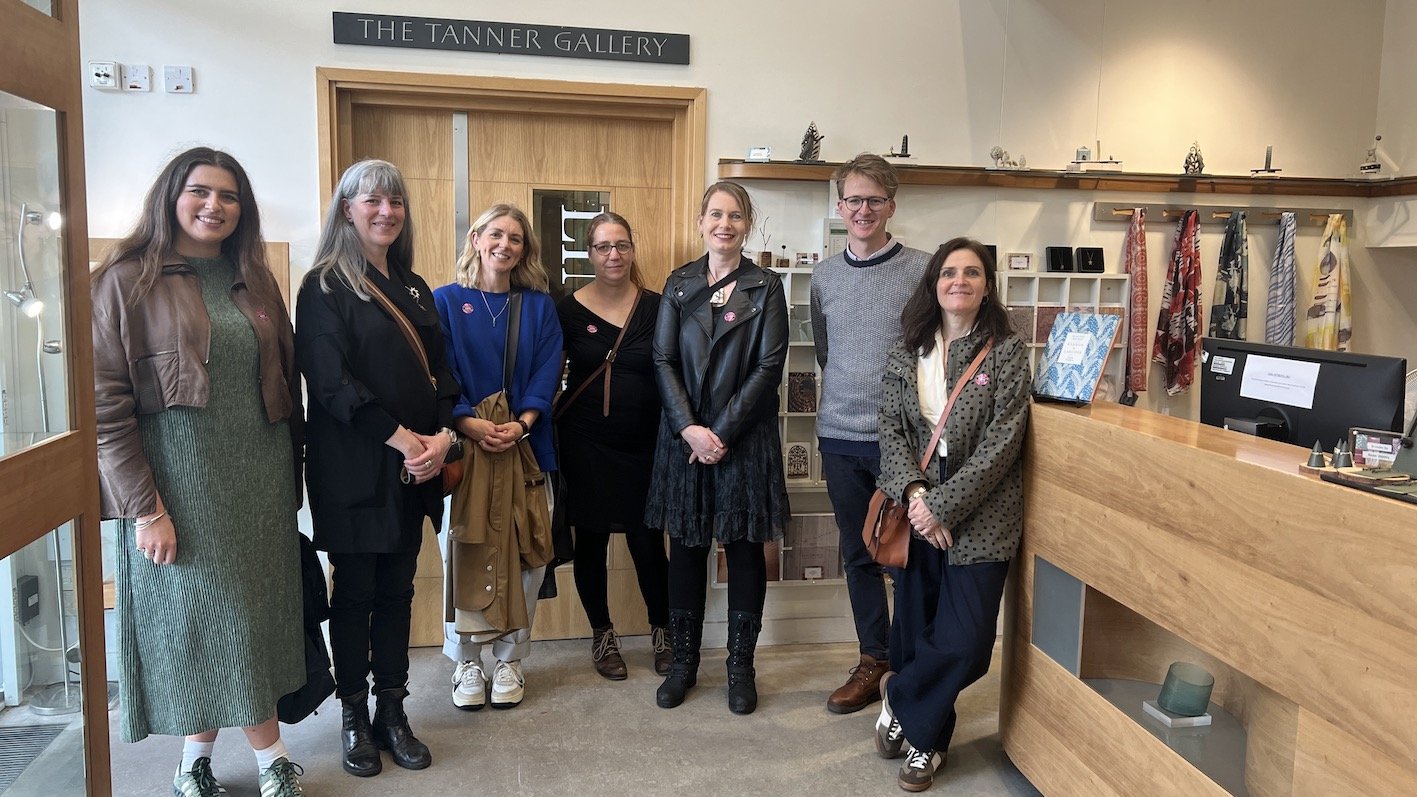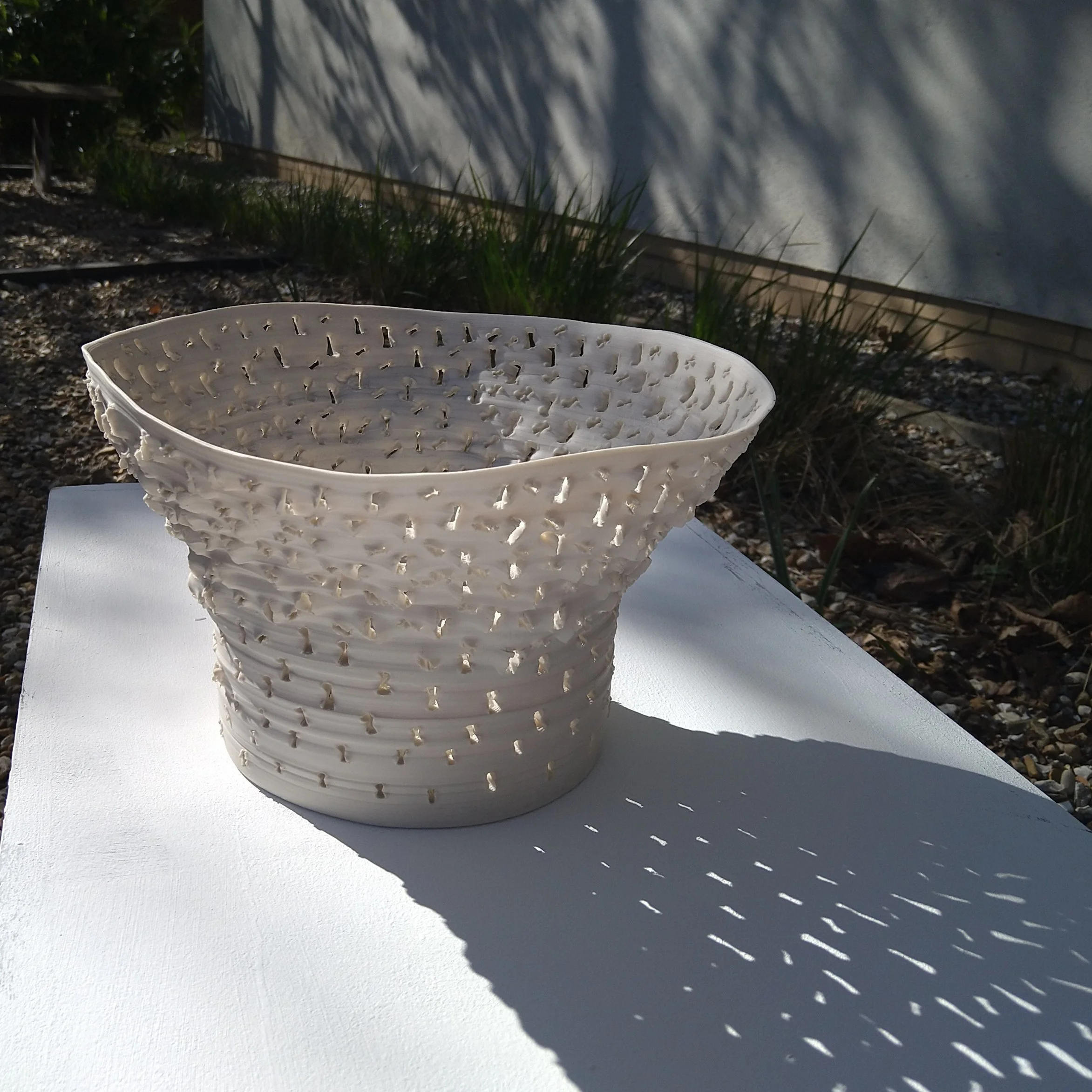MURIEL ROSE - CRAFT VISIONARY
/The Crafts Study Centre was a partner-museum in the highly-acclaimed exhibition Unbound: Visionary Women Collecting Textiles at Two Temple Place, London. The exhibition, curated by June Hill and Lotte Crawford (with support from Amanda Game and Jennifer Hallam), focused on the extraordinary achievements of a number of pioneering women, who, with lifelong determination, supported and dramatically increased museum holdings of historic and contemporary textiles in museums across the UK. The Crafts Study Centre was selected because of the indomitable contribution made to its craft collections (in which textiles and ceramics played central roles) by one of the Crafts Study Centre’s Founder Trustees, Muriel Rose.
MURIEL ROSE in the 1920’s
A mounted black and white photograph showing the exterior of the Little Gallery, c.1928-1931.
Photographs of the interior of the Little Gallery during an exhibition of the works of the potter Shoji Hamada in 1935.
Photographs from the Muriel Rose Archive at the Crafts Study Centre, University for the Creative Arts.
Muriel Rose worked in a number of influential positions in her long career. She managed the influential Little Gallery in the 1930s, selling judiciously selected crafts and promoting the careers of major textile artists such as Barron and Larcher and Enid Marx. She undertook governmental work for the Rural Industries Bureau in their important scheme to support the economically depressed areas of Durham and South Wales by encouraging rural crafts. She was appointed Craft and Industrial Design Officer for the British Council, building up a major National collection of contemporary craft. And in this role, she oversaw the extraordinary Exhibition of Modern British Crafts, which toured North America from 1942, which recent research by Imogen Hart reveals as a force for cultural propaganda and a demonstration of the significance of women craft makers at a time when craft-making was under threat.
On display in the exhibition. A duplicate page from Volume 2 of ‘Phyllis Barron 1890–1964 Dorothy Larcher 1884–1952: A record of their block-printed textiles’ compiled by Robin Tanner in the 1970s, showing the designs ‘Jasmine’, ‘Goat’, ‘Mairet’ and ‘Sheep’.
On display in the exhibition, draped over a chair in the scene describeD BELOW. A hand block-printed cotton curtain length, ‘Kite’, by Phyllis Barron and Dorothy Larcher, c.1932. Dyed with galled iron and printed with murite of tin to discharge the design. Exhibited at The Little Gallery circa 1932.
On display in the exhibition – folded in a display case. A hand-woven eri silk jacket with long sleeves, collar and two pockets by Ethel Mairet, c.1920-25. Natural colour with weft stripes in red, blue, yellow, green, and brown.
Photographs (c) Crafts Study Centre, University for the Creative Arts
Unbound powerfully represents Muriel Rose’s achievement as a discerning and sometimes fierce judge of craft standards (one can see this perhaps as her life’s work). On one plinth is a setting of craft that could have come straight from The Little Gallery or even a Crafts Study Centre exhibition. Muriel Rose’s personal sycamore table (made to her order from the Edward Barnsley Workshop) frames the display. A jug holds an array of flowers like the ones that Constance Spry made up for her; and behind the table is an array of textile lengths by Phyllis Barron and Dorothy Larcher, shown to full advantage. It is a quiet and undemonstrative meditation of the hand made. It symbolises Muriel Rose’s utter focus to claim these modest things as culturally specific, domestic and yetready to enter the museum collection not just for one time, but all time.
I was lucky enough to see this major exhibition three times: on each occasion the rooms were full. I could not help thinking that the thirst for craft was as high as when Muriel Rose sent her exhibition off to The Metropolitan Museum of Art in New York. It was a fine, serious and compellingly curated show, and a great tribute to all at Two Temple Place.
The accompanying exhibition catalogue can be downloaded here:














